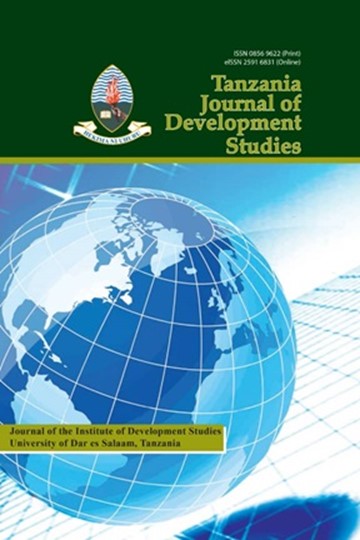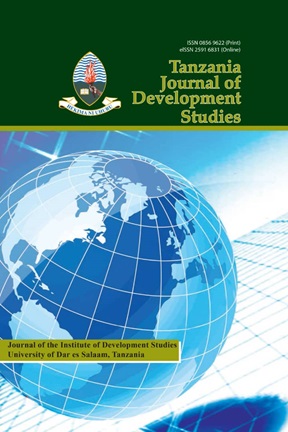Inflation Dynamics in Tanzania’s Post-reform Period
Abstract
This paper investigates the effect of monetary, fiscal, external and structural factors on inflation in post-reform Tanzania. Using the autoregressive distributed lag (ARDL) model, it analyses annual time-series data for the period 1980–2021, and finds inflation to be influenced by the demand side, supply side, and external factors. In the long-run, money supply, real GDP and trade openness significantly affect inflation as per theoretical predictions; whereas fiscal deficit shows an insignificant influence on inflation. In the short-run, real GDP growth, interest rate, nominal exchange rate and trade openness influence inflation negatively; thus the Romerhypothesis holds in the short-run. Also, a structural break has no significant influence on inflation. The error correction term suggests a stable long-run equilibrium, with a speed of adjustment of about 59% per annum towards its longrun state. These results imply that low and stable inflation is predicated on tightening monetary policy and maintaining economic growth and productivity, particularly in industry and agriculture. Additionally, while targeted interest rate levels should ensure a sufficient supply of money in the productive sectors, they should guard against the crowding-out effect. Also, Tanzania should consider a timely importation of goods in short supply to ease supply-side pressure.
Keywords: inflation dynamics, post reform, ARDL, Tanzania
https://dx.doi.org/10.56279/NJIY8787/TJDS.v22i2.7
Downloads
Published
Issue
Section
License

This work is licensed under a Creative Commons Attribution-NonCommercial-NoDerivatives 4.0 International License.
All internationally recognized general copyright standards apply.


